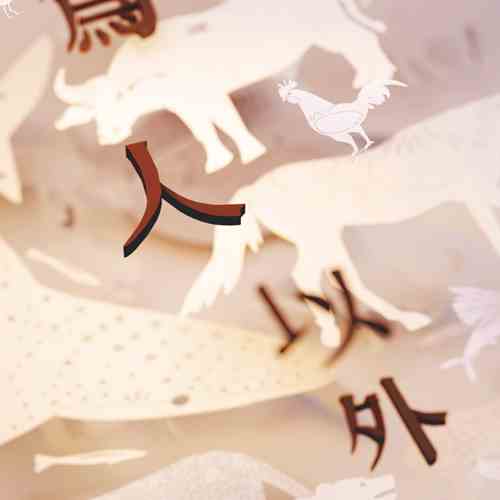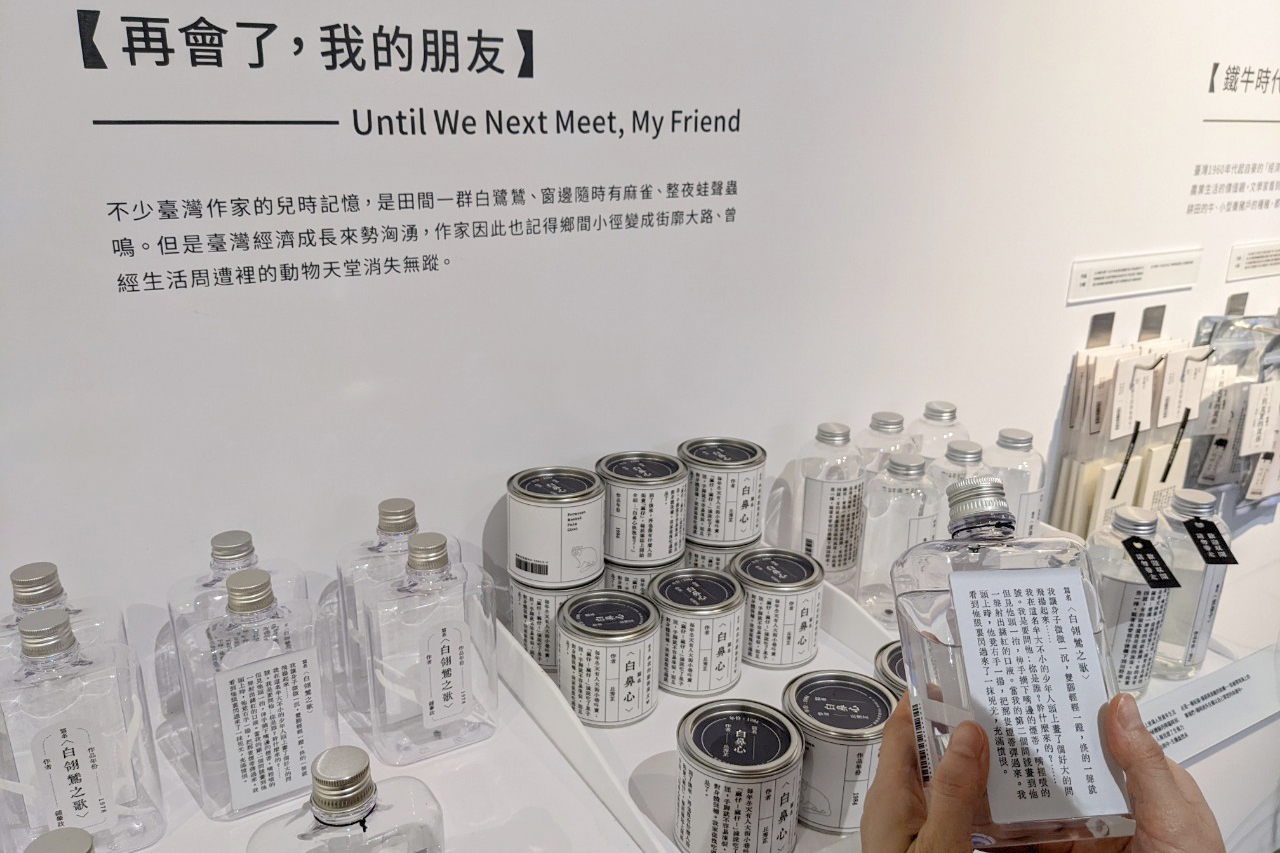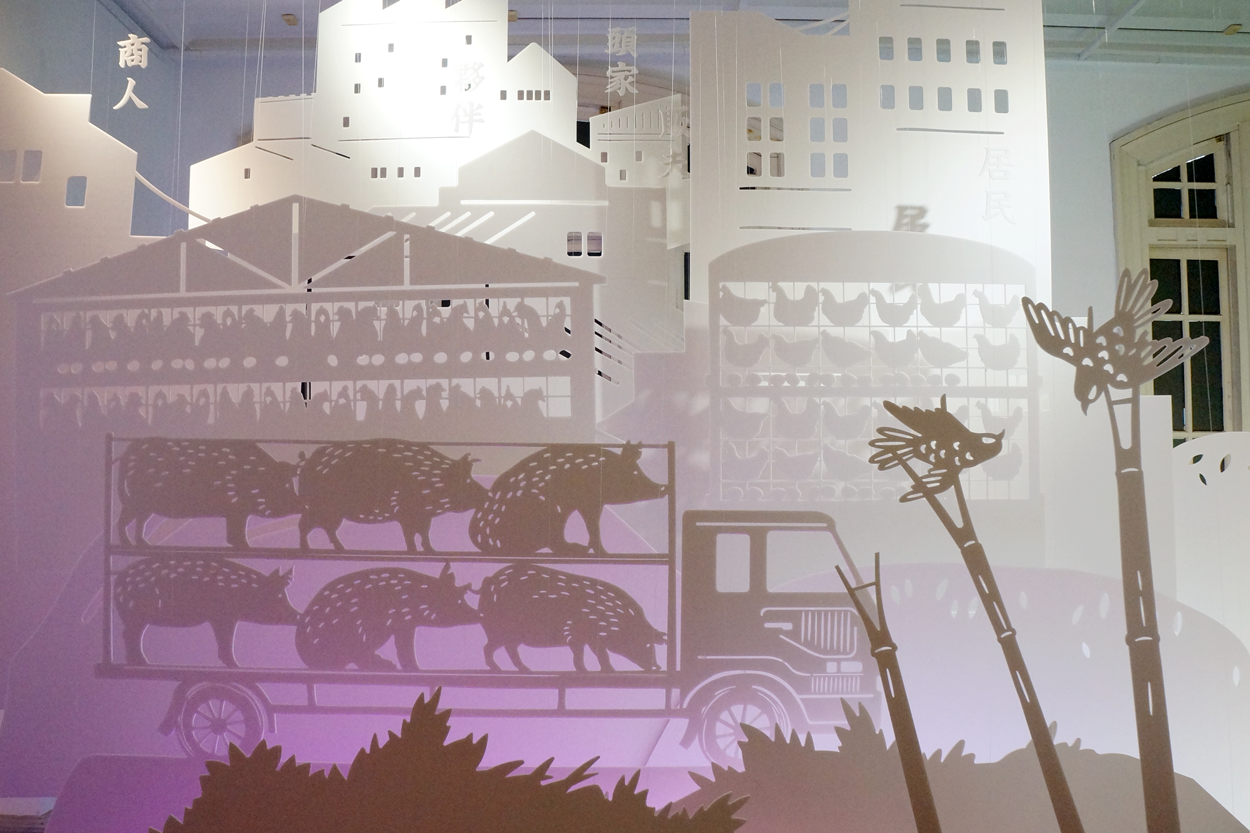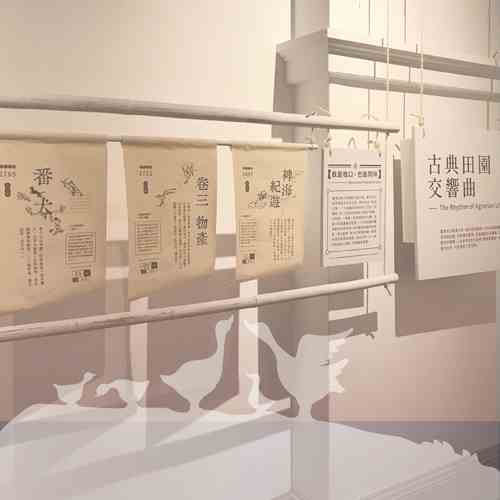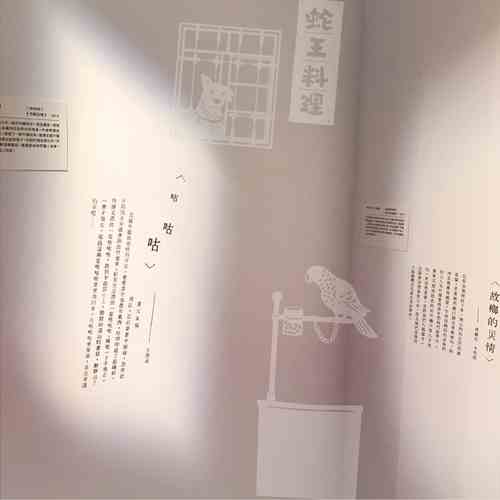Until We Next Meet, My Friend|The Rise of Industry|The Anonymous Butcher|Animal Commodification and Exploitation
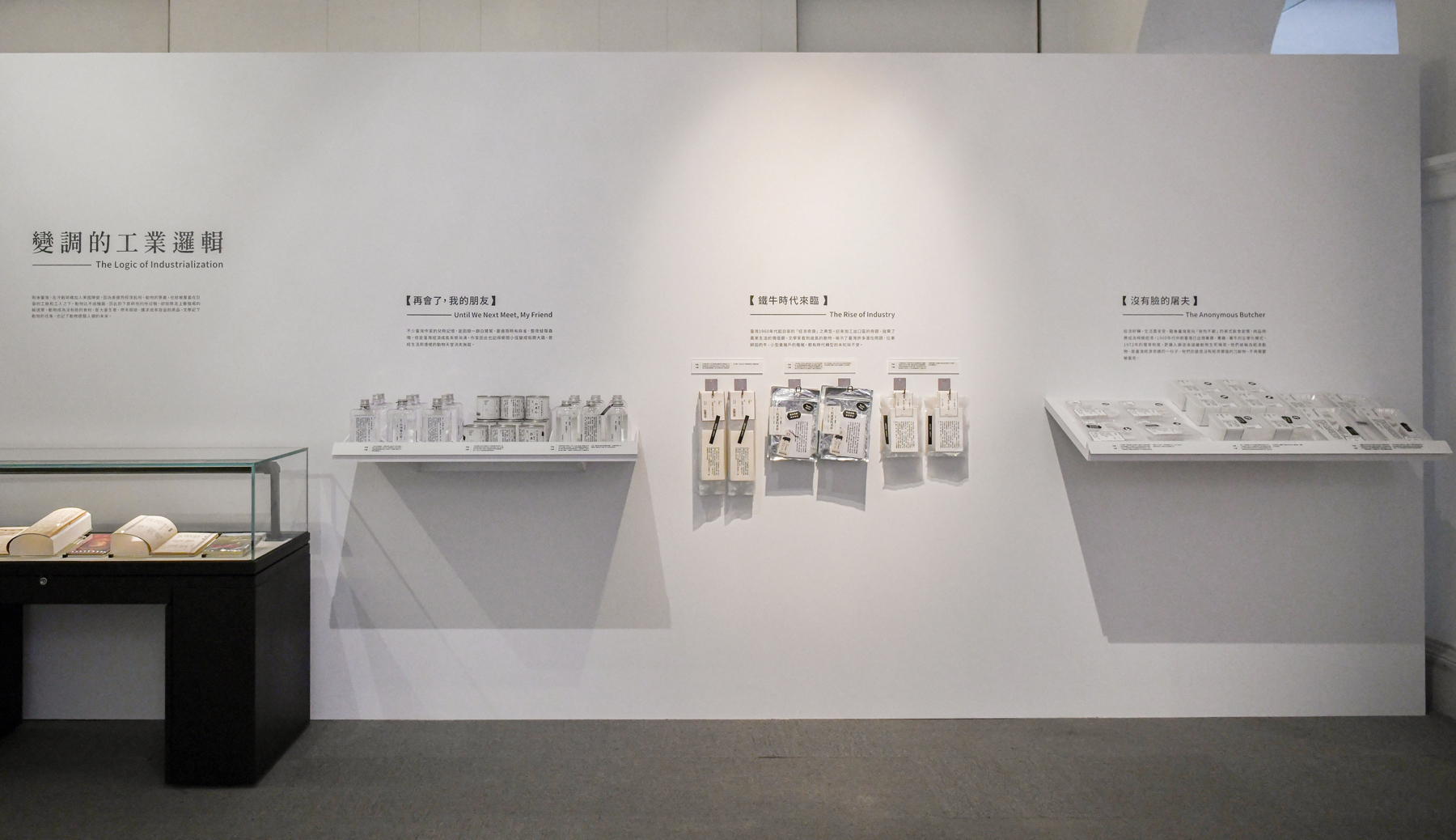
Taiwan entered the postwar era on the US-led "free world" side of the Cold War, with infusions of US aid and investment fueling a decades-long economic boom. Animals in this period were sidelined in favor of the factories and workers that were building Taiwan's industrial future. Animals, replaced in the fields by machines, were now lined up to be fed and slaughtered in new and efficient factory farms. Animals had become faceless sources of food to be raised, processed, and packaged in standardized and prolific quantities. The literature of this period noted this dramatic turn in fate and warned how the plight of the animal in "modern" Taiwan might shape the future of the island's human inhabitants.
✧ Until We Next Meet, My Friend
Many authors in Taiwan have childhood memories of white egrets flocking in paddy fields, sparrows alighting on open window sills, and nights filled with the sounds of insects and toads. These same authors also experienced Taiwan's rapid industrialization, when country lanes became heavily trafficked paved roads and wide-open, wildlife-filled spaces gradually faded from the landscape.
✧ The Rise of Industry
In the 1960s, at the dawn of Taiwan's economic "miracle", the allure of working in one of the country's many new export processing zones (EPZs) encouraged many to abandon farming and rural life. Authors saw outmoded farm animals such as yoked oxen and breeding pigs as metaphors for the latent dangers and uncertainties of modernization.
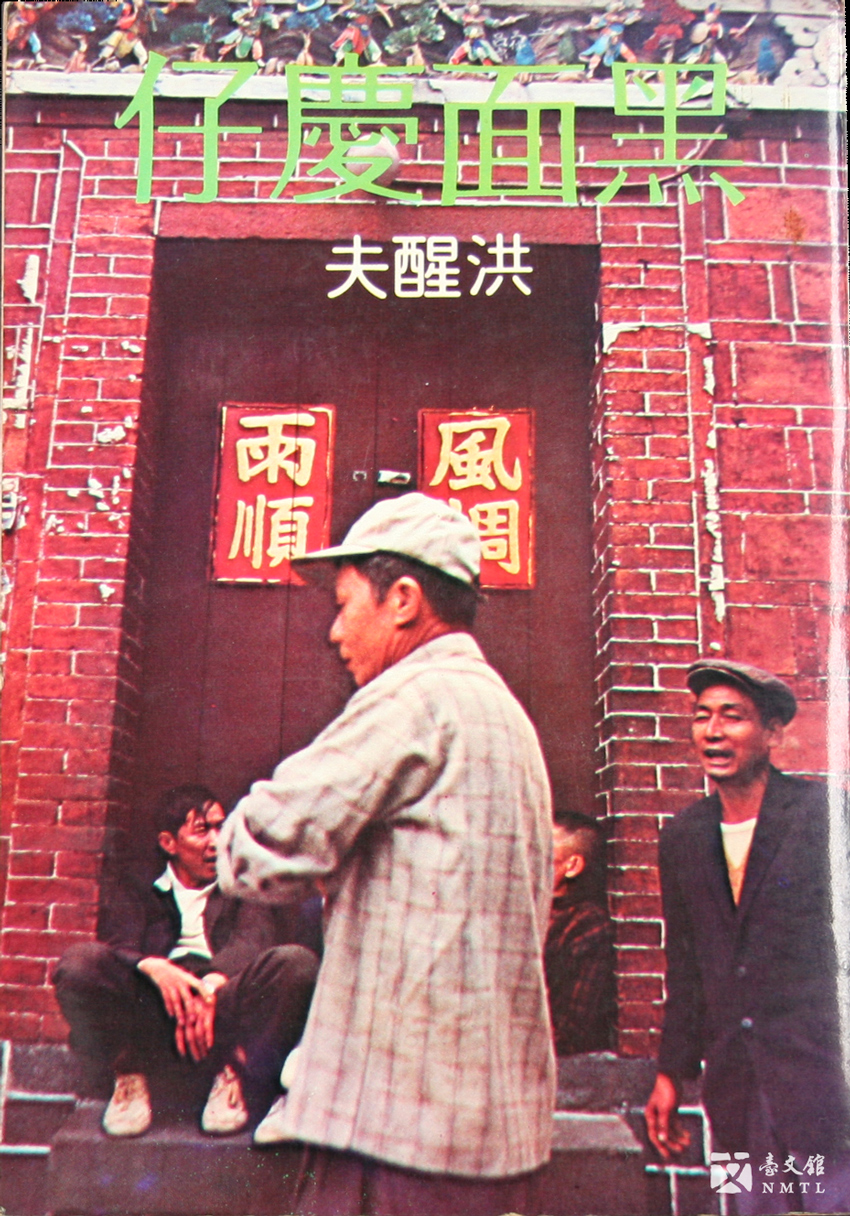
⁍ CHING TSAI, THE FIERCE-LOOKING MAN, by Hung Hsing-fu
The first collection of short stories from Hung Hsing-fu, this book includes works from his early days, such as "A Slackened Opera", "Tien Chu The Crippler And His Cow", and "Ching Tsai, The Fierce-looking Man", which were written between 1971 and 1978. The story depicts the lives of ordinary people in the rural areas in a realistic manner, showing the author's concern for people dwelling in rural villages. It is one of the representative works of Taiwanese "nativist literature" of the 1970s. After Hung Hsing-fu passed away, this book underwent numerous reprints with over 15 editions. This version at the Museum is from the first edition. (Donated by Mo Yu / From the National Museum of Taiwan Literature permanent collection)
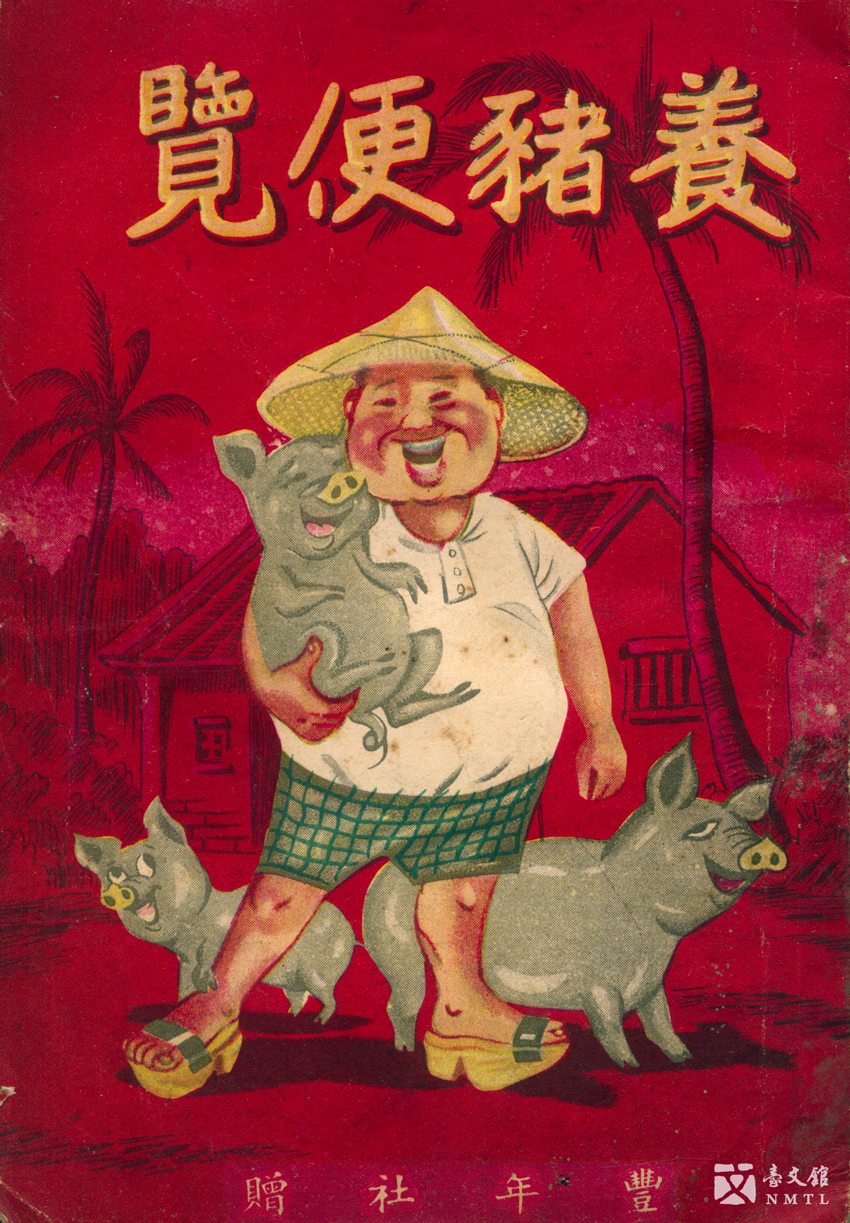
⁍ THE HANDBOOK FOR PIG FARMING, Harvest Publishers
This is a manual issued by the Harvest Publishers in 1955 to promote agricultural knowledge, with the cover painting by Yang Ying-feng. To make it more suitable to the interests of the farmers who are the target audience, the manual begins with a comic story "Lin Tien-ting Feeding Pigs And Building A House". Along the direction of the agricultural policy, the story has incorporated knowledge and a vision of pig farming. Through the fictional character, Lin Tien-ting, the handbook tells how Lin began from raising pigs to make a living on the side, to making renovations to his house with increasing income within one year. It gives a glimpse of pig farming as one of the ideal means for income-earning on the sideline for Taiwanese families at that time. (Provider: National Comic Museum of the Ministry of Culture of Taiwan)
✧ The Anonymous Butcher
With a booming economy and the shadow of want in hasty retreat, Taiwanese now looked forward to the once-unimaginable luxury of eating meat with every meal. Industrial pig, chicken, and cattle rearing operations emerged in the mid-1960s to support the skyrocketing demand. The advent of industrial electric slaughterhouses in 1972 further distanced consumers from the animals they consumed. Once-beloved farm companions were now "economic animals" … faceless cogs in Taiwan's miracle economy.
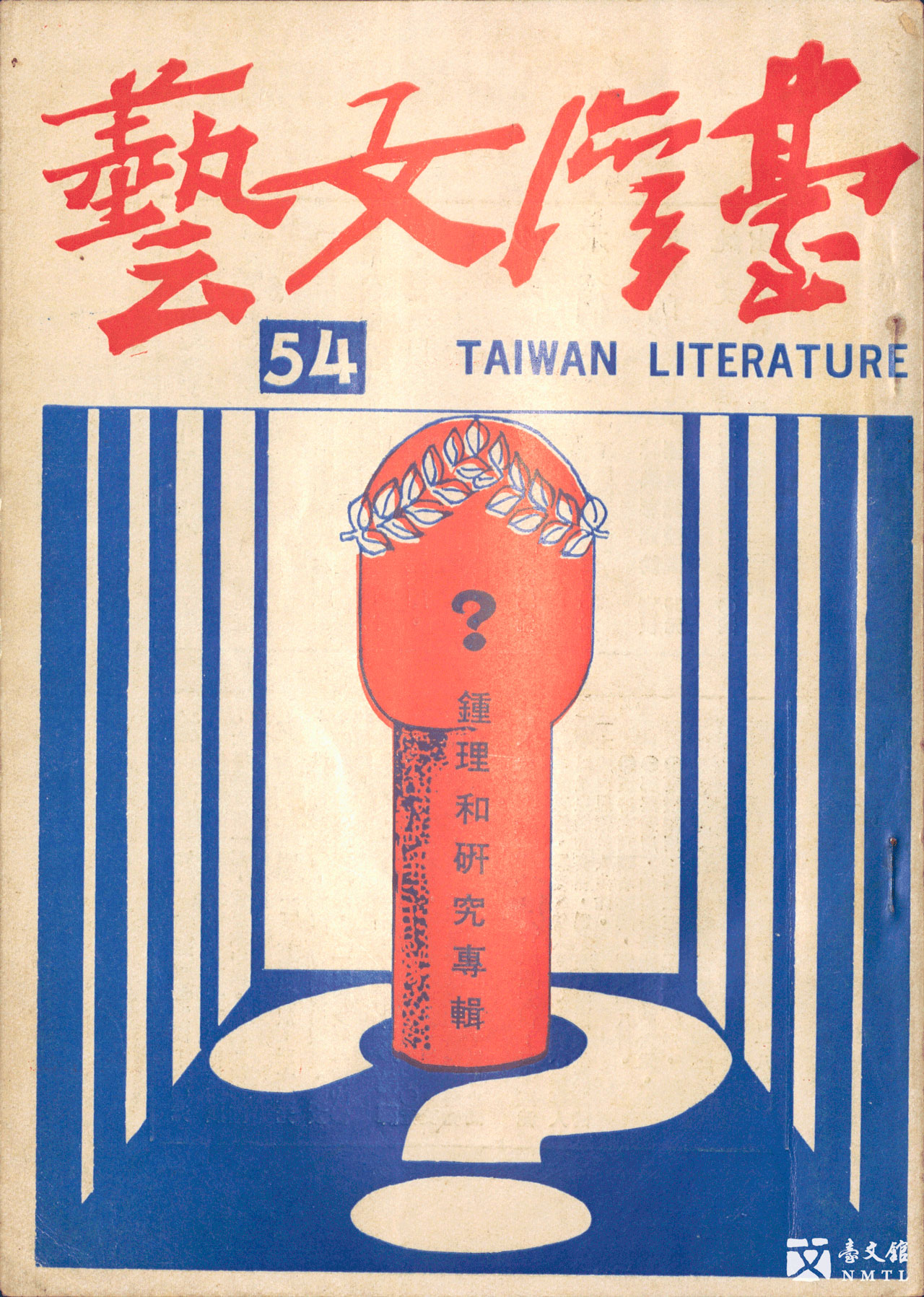
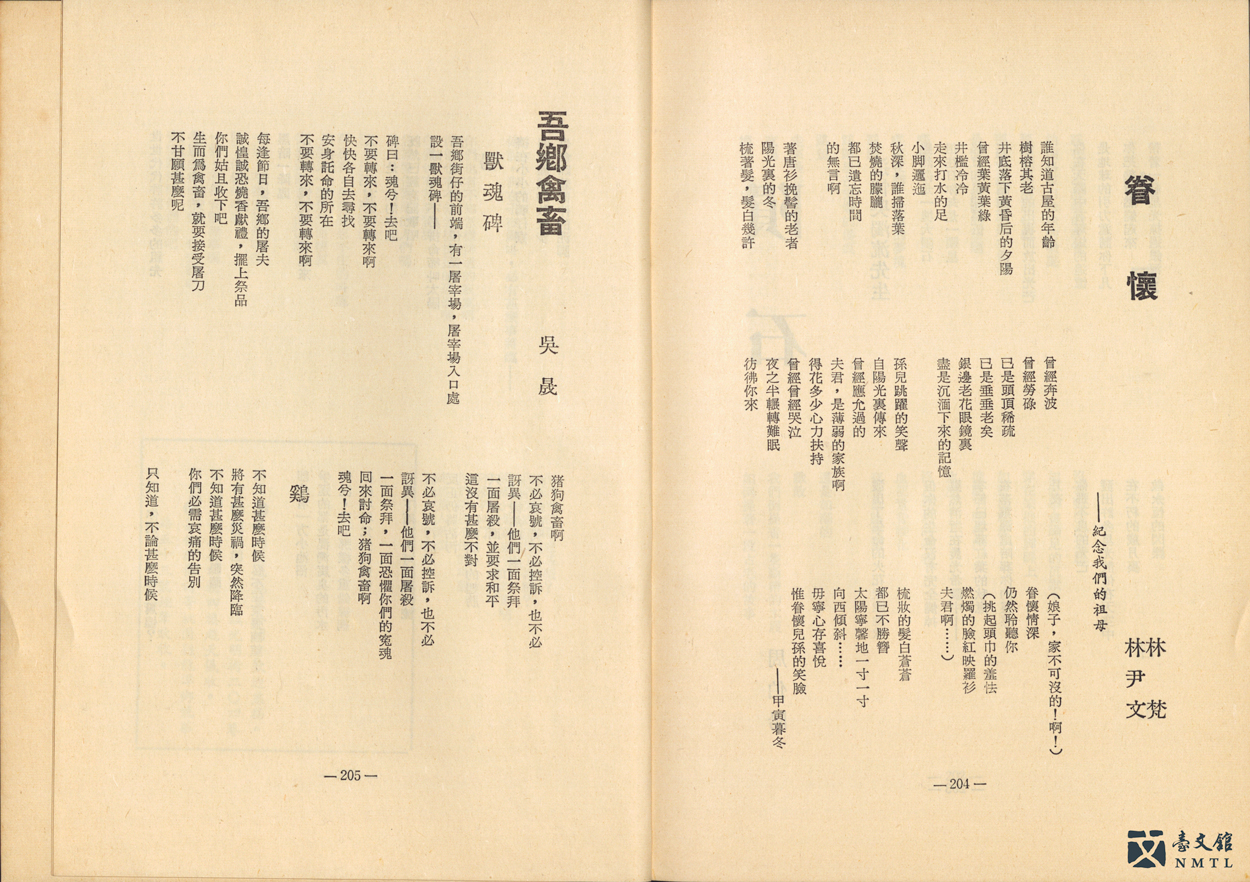
⁍ TAIWAN LITERARY ARTS, Volume 14, Issue 54, Groundbreaking Edition No. 1
The "Monument of the Beast's Soul" by Wu Sheng was first published in this journal, and later included in IMPRESSION OF MY HOMETOWN – POEMS BY WU SHENG II published by Hung-Fan Bookstore in 1985. Wu's identification with his hometown and his concern for the countryside can be traced back to the land, the environment, the livestock and poultry that have always been by his side. Many of his poems are narrated from the perspective of livestock and poultry, and these have been integrated into the poetry collection "Poultry and Animals." In addition to this poem, there have also been poems written about "Chicken," "Dog," "Pig," "Cow," "Sheep," etc. (Donated by Taipei City's Wu Yung-fu Cultural and Educational Foundation / From the National Museum of Taiwan Literature permanent collection)
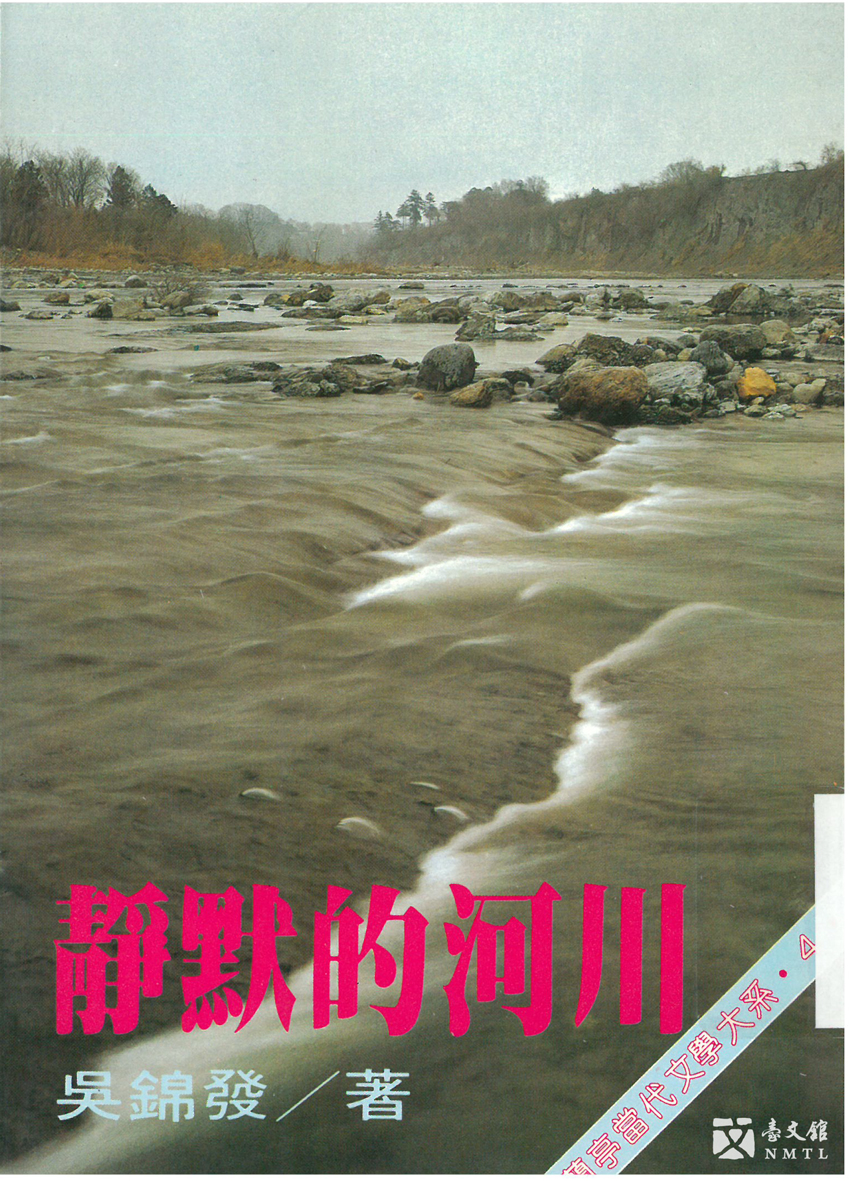
⁍ THE SILENT RIVER, by Wu Chin-fa
Wu Chin-fa is a writer who also writes about the rural life of Meinong. Among the works collected in his book THE SILENT RIVER, many are named after animals, such as "Uncle Mouse And His Duck", "Snake", "Large Carp", "Pig", "The Goldfish Raided by The Eels", and "Turtles under The Bridge". We can see the close, yet at times stressful, relationship between men and animals in the rural area, under the changing circumstances of the macro environment. (From the collection of the library at the National Museum of Taiwan Literature)
⨈⨈⨈ ⨈⨈⨈ ⨈⨈⨈
✦ Animal Commodification and Exploitation 𓃟 𓅭 𓆇𓆇 𓃶
American postwar technical assistance rapidly transformed the landscape of Taiwan's livestock sector. The ox plow quickly became a quaint anachronism, and chickens and ducks raised to supplement farm incomes could no longer compete with their factory-farmed counterparts. Farm animals were recast as "meat products" that rolled off production lines. The efficient exploitation of animals achieved through modern meat processing and packaging technologies improved our diet, made us pickier eaters, and supplied us with ever-increasing quantities of meat.

